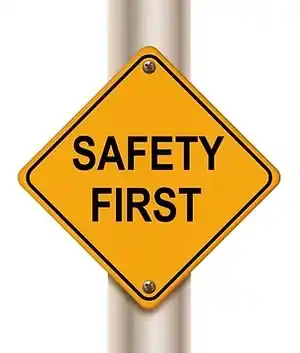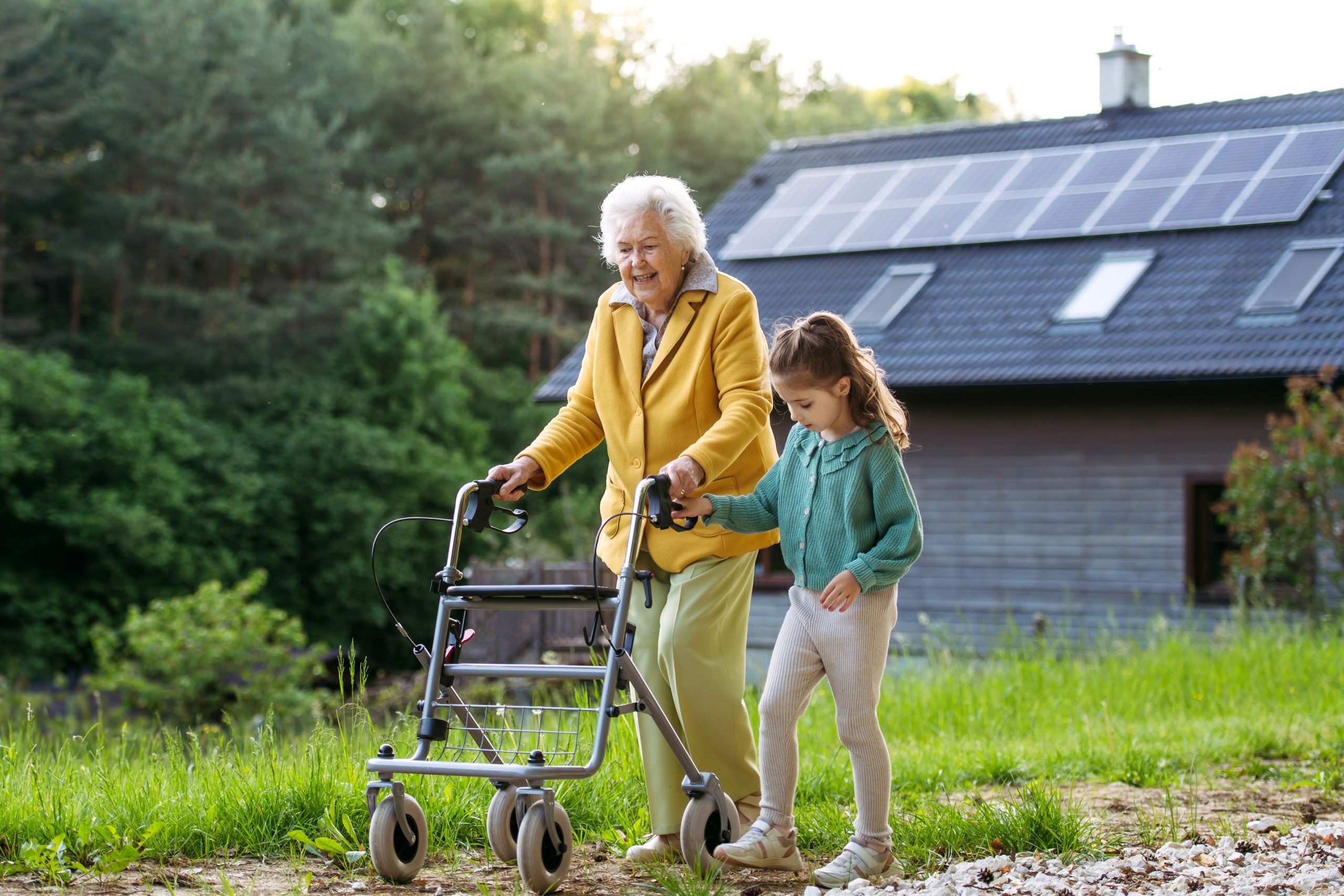
Work Health and Safety – HomeCare Australia’s Occupational Health and Safety Policy outlines our commitment to prevent illness and injury through the provision and maintenance of a healthy and safe working environment.
Consultation is vital to the risk identification process and feedback from our employees about safety is always valued and taken into account when identifying hazards in the workplace. All incidents/complaints will be documented, reported and dealt with promptly and efficiently.
Risk management is not a one off activity but should be carried out on a continuous improvement basis and employees have a responsibility under the WHS act 2011 to take reasonable care for their own health and safety and for the health and safety of others who may be affected by their actions while at work.
The six most common hazardous tasks that cause injury in community based care sector include: Moving and supporting people with disability – Transferring people from one position to another (e.g. from a lying position to sitting or standing, supporting movements or performance of tasks). Supporting people with personal hygiene care – Assisting with personal care such as bathing and toileting. Assisting people in wheelchairs – Assisting people in wheelchairs over different surfaces and in a range of locationsHandling wheelchairs in and out of vehicles – Lifting and moving wheelchairs (e.g. in and out of cars). Occupational violence- Experiencing aggression and violence, abuse, threats, assault due to the actions of a person with a disability, their family or household members.Moving and lifting heavy objects such as furniture. Other causes of injury Workers in community services also experience high rates of musculoskeletal injuries from undertaking domestic duties, for example, cleaning, cooking, shopping and doing laundry. Vacuuming, mopping, making beds, and cleaning bathrooms.
What are the risks? Workers may be at risk of injuries from strains to the back, neck and shoulders when bending, twisting, lifting pushing, pulling and exerting high or unexpected forces.
Controls Issues such as the TASK (e.g. Working in an awkward position for sustained periods of time). EQUIPMENT (e.g. unsuitable or faulty equipment or aids) and work ENVIRONMENT (e.g. insufficient space for workers to use equipment or aids stored in inaccessible locations) Should all be considered during the initial assessment of the persons needs and if they pose a risk, must be controlled prior to the provision of service.
Safety is our priority and whilst it is not always possible to eliminate the hazard or risks in the workplace it is important to identify and reduce the risk at all times.








